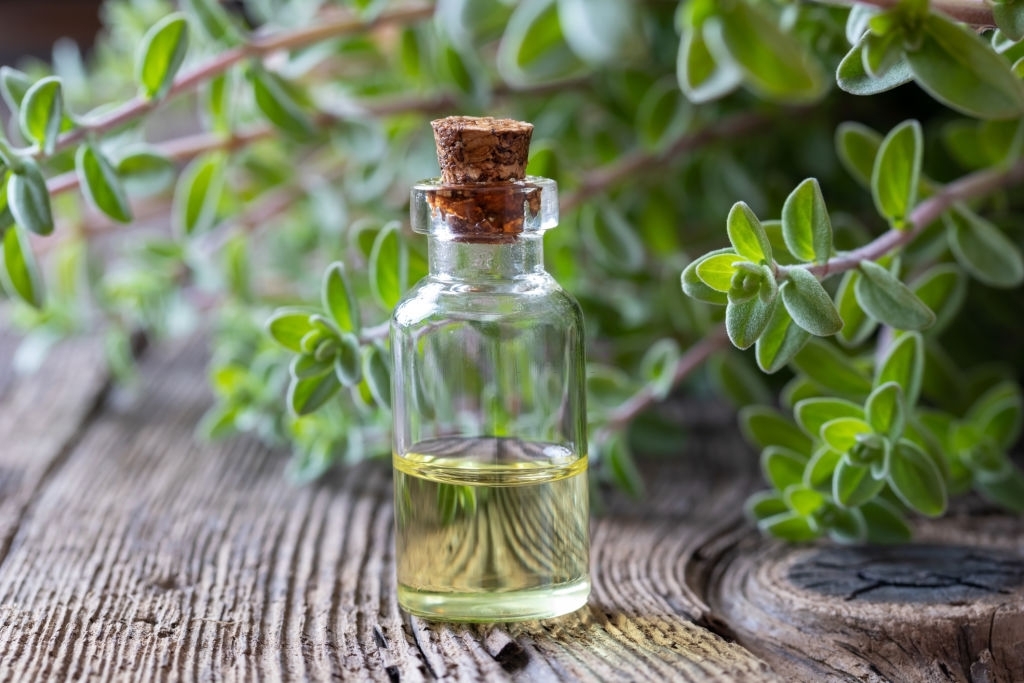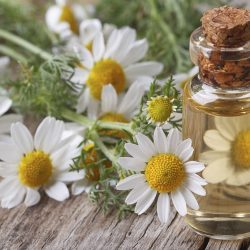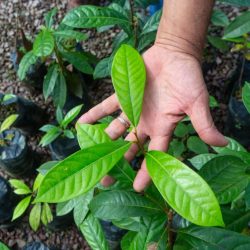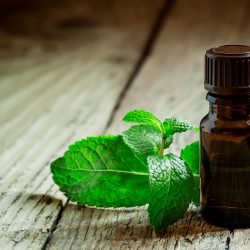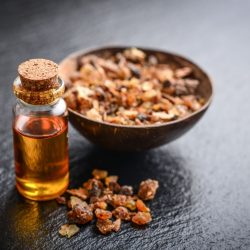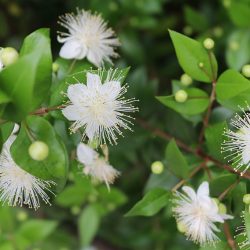About 3000 years ago, in the ancient Egypt of the pharaohs, the marjoram was dedicated to the god Osiris . Renowned then as a digestive antiseptic , it was also renowned for its action in colds. Dioscorides also recognized in it properties against headaches . This plant is native to Cyprus and Turkey and is otherwise known as garden marjoram, spreading throughout the Mediterranean basin. Cultivated as a spice, marjoram was also appreciated for its medicinal properties.
A little bit of mythology
Mythology tells us that in the Aeneid era , the goddess Aphrodite healed the wounds of her son, Aeneas during the Trojan War, using marjoram flowers on Mount Ida in Crete. Marjoram therefore seems to be a symbol of love, well-being and happiness. This plant was originally created by Venus to heal wounds caused by Cupid’s arrows .
A little history
Ibn al-Baytar , a thirteenth-century Arab physician, pointed out that marjoram was used topically to treat obstructions of the head and nostrils, as well as digestive migraines, and could also make drunkenness go away. Coptic medicine recommended using it to prevent ear ailments. Very popular in the Middle Ages to treat neurological diseases such as paralysis, dizziness and epilepsy , it fell into disuse in the 19th century. During this period, its popular use is limited to stimulating the digestive system and intestinal spasms. In 50 apr. AD, the Roman doctor Dioscorides mentioned marjoram in his medical work “ De materia medica ”.
In ancient times, marjoram existed in the form of powder, decoction or wine potion, in medicine as well as in cooking, as evidenced by the existence of De re coquinaria by Apicius in the 4th century AD. In the Middle Ages, we often find marjoram in the culinary treatise Mesnagier de Paris dating from the fourteenth century.
What are the pharmacological properties of the essential oil of flowering aerial parts of Marjoram with Shells?
Antibacterial properties:
The essential oil of shell marjoram is antimicrobial against resistant Staphylococcus aureus, streptococci, Pseudomonas aeruginosa, Escherichia coli as well as Propionobacterium acnes. It is also antifungal against Candida albicans , Trichophytons involved in athlete’s foot or in nail fungus, Microsporum responsible for tinea capitis and Pityriasis versicolor , yeasts involved in depigmentation, as well as antiviral against herpes.
Anti-inflammatory properties:
Its anti-inflammatory effects are linked to the inhibition of pro-inflammatory cytokines, as well as to diuretic activity . Cortison-like , this essential oil stimulates the pituitary-adrenal cortex axis, and is therefore useful in prolonged inflammatory conditions.
Antioxidant properties:
Antioxidant , marjoram inhibits the oxidation of LDL and lipid peroxidation. In particular, it reduces the formation of atheromatous plaque.
Effects on the central nervous system:
Physical and calming tonic , marjoram energizes and relaxes; it therefore provides the means to face difficulties in a peaceful and relaxed manner. This essential oil awakens the desire to act, gives impetus, but does not invite sleep.
PƩ + powerful, neurotonic and general rebalancing , of all forms of excess, marjoram has a probable action of volatile compounds on the olfactory receptors of the nasal mucosa, inducing a nerve impulse to the olfactory bulb, then to the hippocampus, linked learning and memory functions.
Other properties:
- Gastric stimulant, appetite regulator
- Antiasthenic
- Regulator of the respiratory tract
- Circulatory tonic in young women
- Antispasmodic
- Anaphrodisiac
- Hypotensive, vasoconstrictor
- Hepatostimulant
- Potentialities in Alzheimer’s disease
- Protects against renal and hepatic toxicity of lead acetate
Does Marjoram essential oil require any precautions for use?
- Contraindicated in pregnant or breastfeeding women as well as in children under 7 years old
- High dose neurotoxic
- Do not combine with cortisone , risk of drug interaction, ask your pharmacist for advice
- Dermocaustic, possible skin irritation in pure form
Medical bibliographic sources and clinical trials :
- Charai, M., Mosaddak, M., & Faid car, M. (1996). Chemical composition and antimicrobial activities of two aromatic plants: Origanum majorana L. and O. compactum Benth. Journal of Essential Oil Research
- Kuriyama H, Watanabe S, Nakaya T, Shigemori I, Kita M, Yoshida N, Masaki D, Tadai T, Ozasa K, Fukui K, Imanishi J. Immunological and Psychological Benefits of Aromatherapy Massage. Evid Based Complement Alternat Med. 2005
- Mossa, A. T. H., & Nawwar, G. A. M. (2011). Free radical scavenging and antiacetylcholinesterase activities of Origanum majorana L. essential oil. Human & experimental toxicology
- Maggio, A., Rosselli, S., & Bruno, M. (2016). Essential oils and pure volatile compounds as potential drugs in Alzheimer’s disease car therapy: An updated review of the literature. Current pharmaceutical design
- Li GX, Liu ZQ. Unusual antioxidant behavior of alpha- and gamma-terpinene in protecting methyl linoleate, DNA, and erythrocyte. J Agric Food Chem. 2009
- Mario C. Foti, K. U. Ingold. Mechanism of Inhibition of Lipid Peroxidation by γ-Terpinene, an Unusual and Potentially Useful Hydro car bon Antioxidant. J. Agric. Food Chem., 2003

